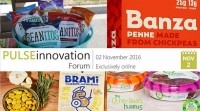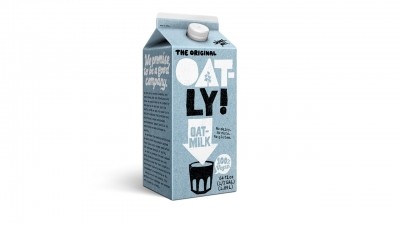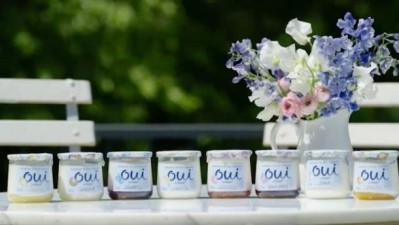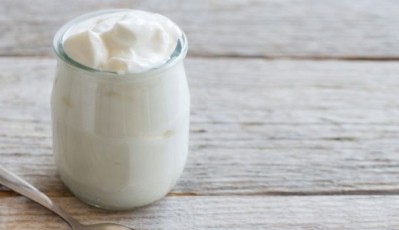Beans, chickpeas, lentils, key to next-generation of plant-based dairy
Fava bean yogurt? General Mills patents process to create range of dairy-alternatives from legumes

“In some examples, the non-dairy substitute is produced by hydrating the high starch legumes, removing excess water, and then heating the hydrated high starch legumes in the presence of water and amylase at a controlled pH to reduce the starch content of the legumes,” explains General Mills in a patent application filed in April 2016 and published in late October.
“The slurry of reduced starch content can then be filtered to remove insoluble fiber and suspended soluble fiber present in the legume slurry, producing a non-dairy ‘milk’ that can be used in a variety of products," says General Mills, which sells a range of dairy products under brands including Yoplait, Liberté, Annie's, Mountain High and Häagen-Dazs.
“In different examples, the legume ‘milk’ is cultured with the addition of bacterial cultures to form a cheese or yogurt and/or formed into a non-dairy ice cream. In any application, an acidifying ingredient such as citric acid may be added to the product. This can help reduce or eliminate residual legume flavor.”
Method less suitable for soybeans, peanuts
It adds: “While oilseed legumes such as soybeans and/or peanuts may be used in some applications of the technique [outlined in the patent application], in general, the legumes used in the process are selected to have a low oil content.
“High oil content can impart undesired fat calories to the resultant liquefied legume material and also limit the applicability of the liquefied legume material to function as a substitute for dairy ingredients during manufacture of a consumable product.”
However, fats can be added to the cultured legume products later, adds General Mills, “a cultured food product produced from liquefied legume material may lack the creamy taste and texture associated with traditional dairy products. Blending lipids into the cultured food product can help impart the creamy taste and textures desired by many consumers.”
Fats that could be added include things such as coconut or almond cream, says General Mills.
Legume-based cheese, yogurt, kefir?
"The legume 'milk' can be combined with starter culture containing bacteria selected to cause the legume 'milk' to ferment. During fermentation, the legume 'milk' can solidify and acidify, for example transforming into a legume-based cheese, a legume-based yogurt, or other legume-based cultured product.
"The fermentation process can work synergistically with the legume 'milk' by imparting a richer and more dairy-like flavor profile to the resulting cultured product than the starting legume 'milk.'
"This can help mask any residual legume flavors and textures present in the legume 'milk,' providing a cultured non-dairy product that is similar to, or indistinguishable from, a comparable product produced using dairy milk."
General Mills patent application 20160309732 Click HERE to read the filing.
Eggless mayo
In one example, "the liquefied legume material may be used to form a mayonnaise,” says General Mills. As the liquefied legume material can self-emulsify, eggs – which are used for emulsification properties in traditional mayonnaise - can be omitted, it claims.
“The liquefied legume material can be used to produce eggless versions of other emulsion products traditionally formed using eggs as an emulsification agent. Examples include dips, dressings, and sauces, such as custard, hollandaise sauces, oil-based salad dressings, and the like.”
Fava bean yogurt?
When it came to legume-based yogurts, General Mills achieved good results by fermenting green lentils, fava beans and yellow peas with the bacterial cultures Lactobacillus bulgaricus and Streptococcus thermophilus.
Patent: LEGUME-BASED DAIRY SUBSTITUTE AND CONSUMABLE FOOD PRODUCTS INCORPORATING SAME. United States Patent Application 20160309732
Click HERE to read the filing.



























